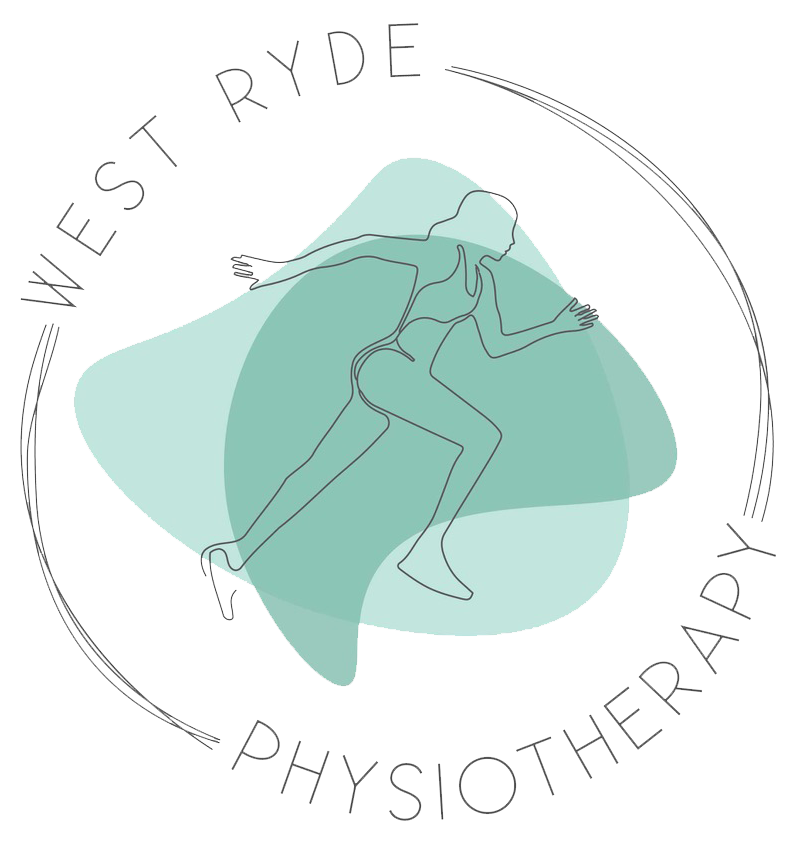It's Endometriosis Awareness Month
In March, we are bringing awareness to endometriosis. This often-underdiagnosed condition affects women of all ages.
Endometriosis is a condition that affects 10% of women of reproductive age. This is a condition where cells similar to the lining of the uterus grow in other areas of the body, especially in the pelvic cavity. The symptoms can be debilitating for women who are affected.
Here are 5 facts about endo:
1. Painful periods are not normal.
Often, it is considered normal to have painful periods because women have seen their mothers have painful periods too. Incapacitating pain should not be the norm and requires medical attention.
2. Endo can only be diagnosed by a laparoscopy
As the endometrial tissues can lodge in the abdominal cavity, only an abdominal laparoscopy can accurately ascertain the diagnosis. A skilled specialist gynaecologist will be able to thoroughly look through the abdominal and pelvic cavity for endometrial scars and remove them.
3. There is no cure to endo
Yet. It can be managed medically with appropriate pain medication, physical therapies, exercise and through lifestyle.
4. Irritable bowel and painful pelvic floor muscles (and painful sex) can be associated with it
Pain and inflammation can create a ‘windup’ of the nervous system in the pelvic area. It is very common for women to have endometriosis to also have painful and overactive muscles, which can result in painful intercourse. Irritable bowel syndrome (IBS) may also occur, creating loose bowel movement or constipation with food sensitivities. With endometriosis, the pain pathway gets overactivated and sends more ‘nociception’ (or ‘tissue damage messages’) from the nerve receptors in the pelvic area and then to the brain. From there, the brain interprets the signal and continues to listen more to what is happening in the pelvic area. This perpetuates the cycle of pain where muscles get tense to protect the area, nerves are more sensitive, and pain is felt more acutely.
5. Medication, and the contraceptive pill may help.
In some cases, taking the pill suppresses the bleeding which causes the lesions in the first place. The earlier on this treatment, the less scarring happens.
What can help?
1. Seek advice from a specialist who has expertise in endo
Starting with a good GP who understands women’s health, you can then be referred to a gynaecologist who will advise you on the best course of action for your pelvic health. Physiotherapists who specialise in Women’s health are key professionals who can give you strategies to help with the pain, and to address any tightness in the pelvic muscles.
2. Improve your calm
As your body experiences stress, you may feel that your symptoms can be exacerbated.
To help you manage stressful situations, find strategies that helps you control what you can, reduce the load when you can, and allow yourself time to change your lifestyle. Be kind to yourself.
3. Exercise
Stretching tense muscles around your hips and pelvis can help significantly, as well as keeping your muscle strength to maintain your fitness. Yoga, swimming, walking will release endorphins necessary to decrease your symptoms. Speak with your women’s health physio who will design an exercise program specific to your needs.
4. Talk it out!
Cognitive behaviour therapy can be of great help when dealing with chronic conditions that affect your life, especially when dealing with pelvic pain. Speaking to a qualified counsellor or psychologist will give you the tools you need to live a fulfilled life.
5. Sleep well
When having necessary sleep, your body can manage a lot better under stress, which therefore puts you in a better place to manage your symptoms.
6. Nutrition
Eating foods that are rich in natural anti-oxydants and polyphenols, such as leafy greens, blueberries and apples can have a protective effect against inflammation. On the other hand, avoiding alcohol, fatty and processed foods are associates with chronic disease, so go easy on them!







